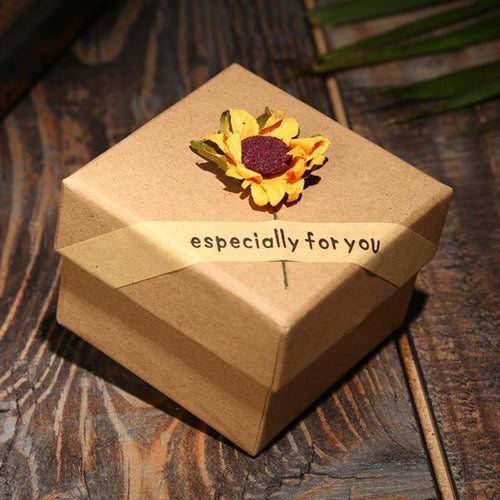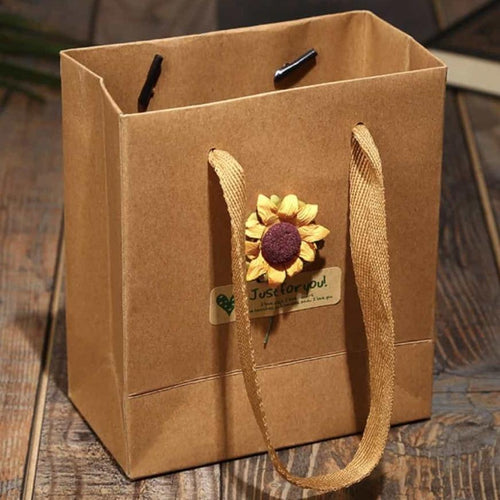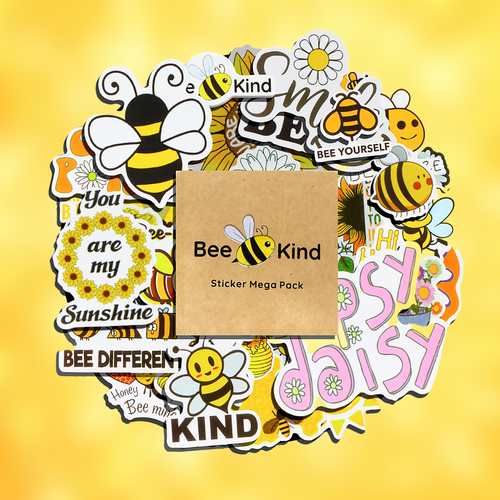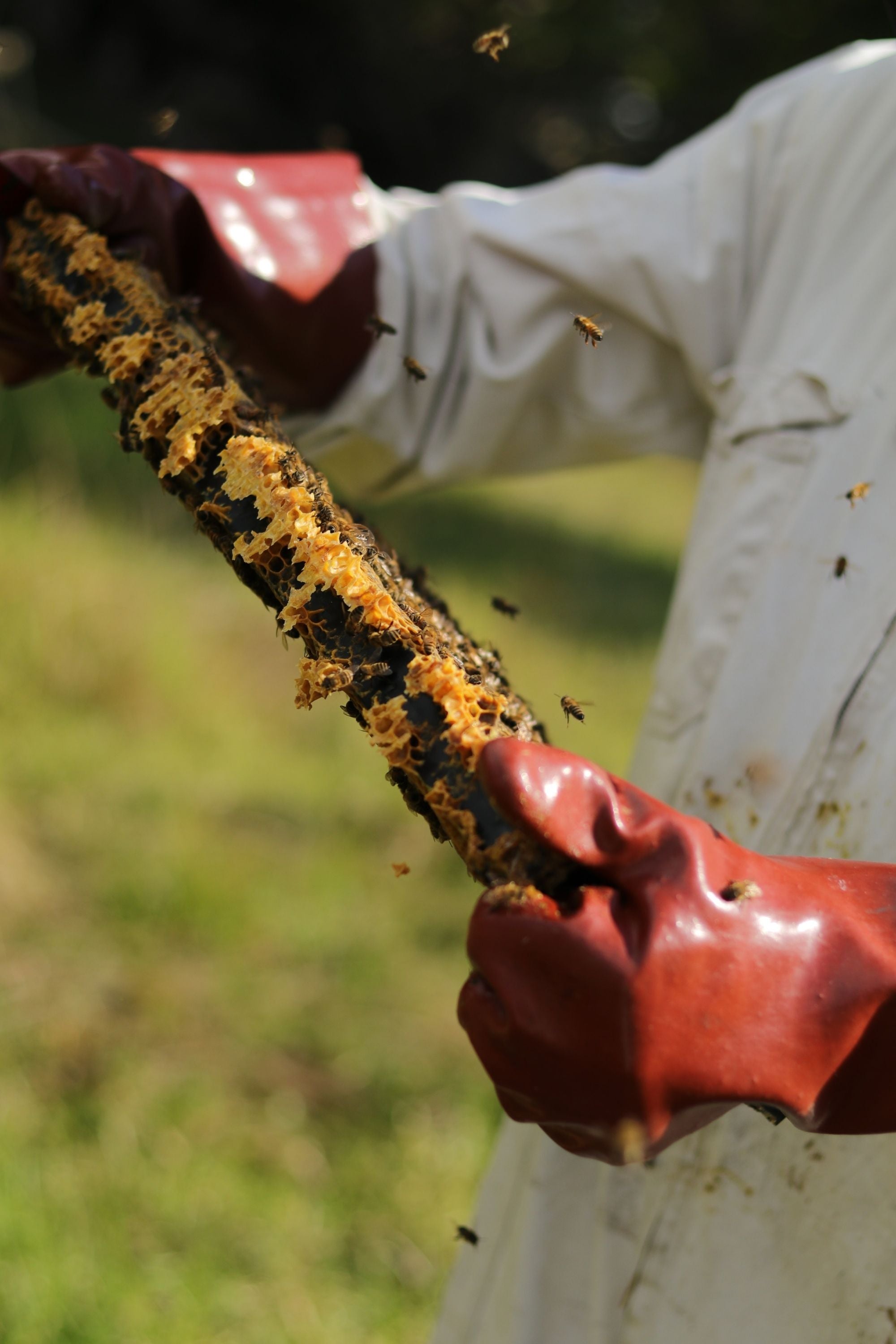Sustainable beekeeping is pursuing the responsible management of bees and prevailing the success of their honey at a steady rate. In modern history, we have taken honey from a natural process with limited equipment and transformed into a highly expensive, manufactured endeavor. There’s been a lot focus on reaping the most honey, and not on the health and longevity of the hives and bees themselves.
By bringing bee health back as the focus, we can create change.
There are three main aspects to sustainability.
- Supporting nature and its natural ecosystems. This includes the health and longevity of animals and their natural processes.
- Meeting the needs of our human society, while still making sure continuous success for generations to come.
- Ensuring we are using resources in the most ethical and effective way.
Each of these pillars is vital to sustainability for the bees and humans alike.
- Many of the fruits and vegetables we love require pollination. Avocados. Broccoli. Peaches. These and many more need bees’ pollination to grow and thrive.
- Products we use everyday stem from bees pollination, like cotton, and even their beeswax, which is used in variety of items like beauty products.
There are 10 principles that you should follow if sustainability is an important factor for you:
1) General principle:
Keep bees for the bees’ sake and value them as pollinators first, and honey producers second.
2) The migrating principle:
Do not feed your bees exclusively with monoculture flowers. Monculture planting requires a severe pest control, carried out in most cases with synthetic pesticides & herbicides, which poison your bees.
3) The bee race principle:
In case you decide to purchase a queen bee: Become an expert about honey bee races before the purchase. However, your best choice would be to keep local bee races or likewise bee races that work well for beekeepers in your area.
4) The garden principle:
Fill your garden or the surrounding environment of the hive with nectar and pollen-rich plants. Of course, refrain from using synthetic pesticides on your plants.
5) The feeding principle:
Avoid using sugar-water, sugar syrup or honey from the supermarket to feed your bees.
The feeding of everything else than their own honey should be only practiced in absolute emergency circumstances (lack of nectar). Allow bees to overwinter on their own honey instead of feeding a sugar substitute.
6) The harvesting principle:
Harvest honey only if there is excess honey and when there is sufficient nectar flow.
7) The inspection principle:
Maintain the nest scent and warmth inside the bee’s home by opening the hive only if really needed.
8) The labelling principle:
Label your honey:
Help consumers to make the difference between your high-quality product and commercial mass market honey. Write on the etiquette where the honey has been produced and put as many details as possible about the production.
Settle for multi-flower honey: This means that you put your hives in places where the bees ideally can find nectar and pollen from different kinds of flowers. Don’t force your bees to produce honey from just one type of flower. Instead, they should be able to choose.
Use glass pots for the honey, not plastic.
9) The smoking principle:
Avoid smoking the bees, when possible and if the character or bee race allows it. The reason behind this is that smoking causes stress. Smoke produces the same escape-impulse on bees as it would to a fire approaching the hive. What happens is that bees fill their bodies with as much nectar / honey as possible: They prepare for transferring the whole hive in a new location, far away from the “fire”. This is the reason of why they struggle stinging you, when you open the hive after smoking it.
10) The hygiene principle:
Make life for parasites and diseases as difficult as possible:
- Don’t keep hives too close to each other. The minimum distance between hives should at least 1.5 meters. If hives are stocked one on the other or side by side, infected bees could easily fail the entry of their home and contaminate another (eventually healthy) colony.
- Allow the bees to reproduce naturally by swarming. Do not cut the internal wings of your queen. By allowing the swarming, you also help to break the varroa cycle.
Sources:
1. Bees 4 Life
2. Pass The Honey
A portion of every purchase at Bee Kind Shop is donated to non-profit organizations that help save bee colonies around the globe.












